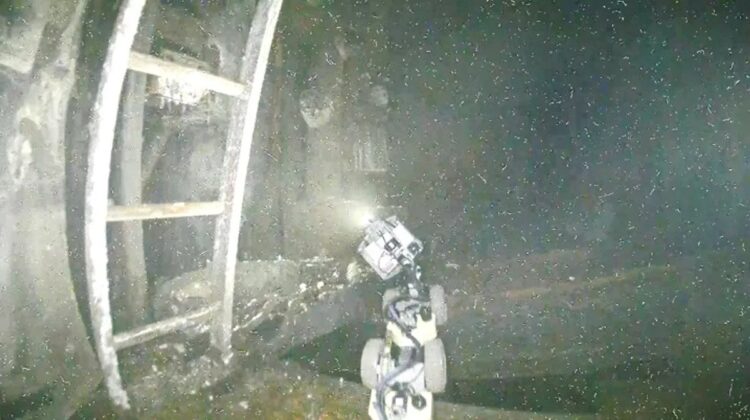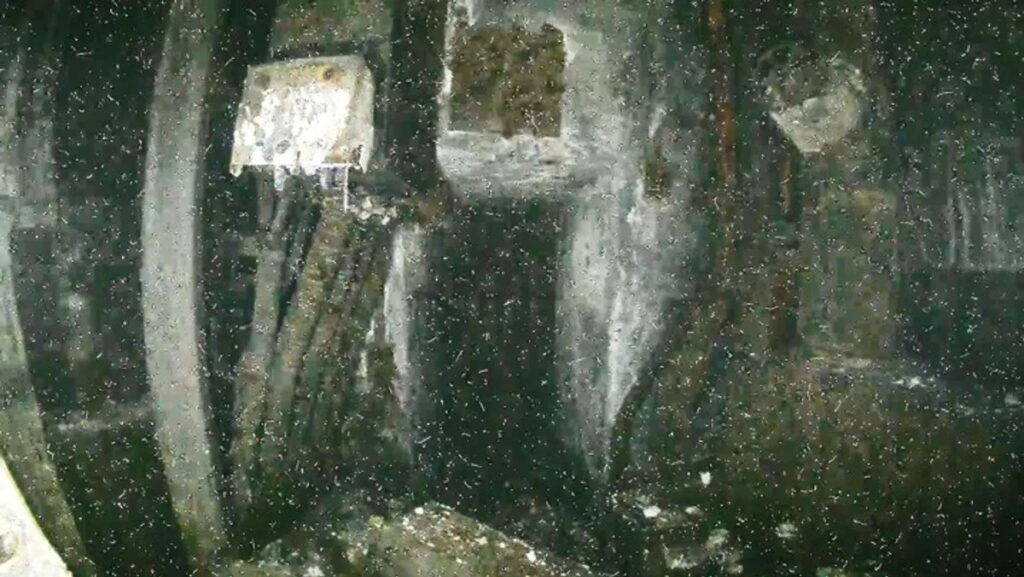
Exploring the depths of Fukushima’s nuclear disaster zone has long been a challenge, with many robots succumbing to the harsh conditions within. However, recent advancements in robotics have allowed for a closer look inside the heart of the Fukushima Daiichi Nuclear Power Station’s Unit 1 reactor, revealing intriguing findings.
In March 2024, a snake-like robot and a fleet of mini drones embarked on a mission deep into the irradiated reactor, capturing images that shed light on the ongoing cleanup efforts more than a decade after the catastrophic meltdown. Operated by the Tokyo Electric Power Company Holdings (TEPCO), these robotic explorers ventured into uncharted territory, braving the hazardous environment to gather crucial data.
Unit 1, the epicenter of the 2011 disaster, suffered a meltdown triggered by an earthquake and subsequent tsunami, leading to the release of dangerous levels of radiation. Now, as part of the decommissioning process, TEPCO aims to assess the condition of the reactor core and the melted nuclear fuel within it.

For the first time, images from inside the reactor’s pedestal have been retrieved, revealing peculiar formations resembling “icicles” and “clumps” clinging to the walls. These structures, likely remnants of melted fuel and equipment, offer valuable insights into the aftermath of the meltdown.
According to TEPCO officials, the data obtained from this mission is invaluable for planning future cleanup efforts. However, Unit 1 is just one part of the larger challenge posed by the Fukushima disaster. Reactors Unit 2 and Unit 3 also experienced meltdowns, while Unit 4 suffered damage from an explosion. The combined melted fuel debris in these reactors amounts to an estimated 880 tons, presenting a daunting task for TEPCO’s decommissioning endeavors.

Image credit: TEPCO
Despite some progress, the road to recovery has been fraught with obstacles. The decision to release treated water from the Fukushima site into the Pacific Ocean in 2023 sparked controversy, highlighting the complex ethical and environmental considerations involved in the cleanup process.
Moreover, the history of Fukushima’s robotic explorations paints a picture of resilience amidst adversity. Dubbed a “robot graveyard” in 2017 due to the high failure rate of remote-controlled probes, the site has tested the limits of technological innovation.

Image credit: TEPCO
TEPCO remains optimistic about the prospect of fully decommissioning the plant within the next few decades. However, critics argue that the timeline may be overly optimistic given the scale and complexity of the task at hand.
As the cleanup efforts continue, each new discovery provides valuable insights into the challenges posed by nuclear disasters and the ongoing quest for recovery and containment. The images captured within Fukushima’s reactor serve as a stark reminder of the enduring legacy of one of the world’s most devastating nuclear accidents.

Leave a Reply